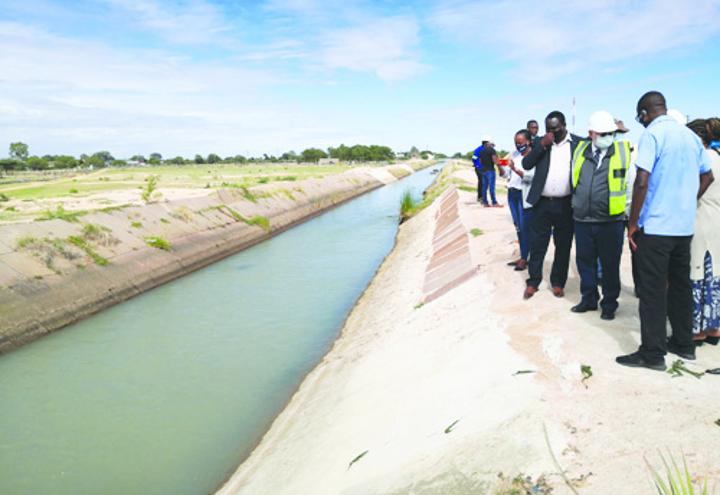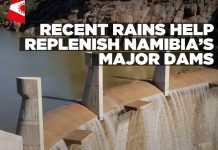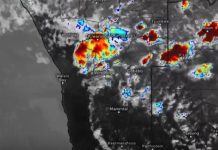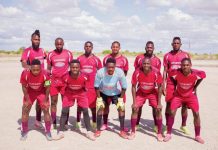Africa-Press – Namibia. A DEVASTATING drought looms in the northern parts of Namibia, which have not received meaningful rains this season.
This was said by regional governors Erginus Endjala, Elia Irimari and Penda ya Ndakolo of Omusati, Oshana and Oshikoto, respectively, in separate interviews last week.
Endjala said the situation in Omusati was dire as they had not received enough rain to start any serious agricultural activities. The majority of people in northern communal areas depend on rain-fed agriculture including livestock for their livelihood.
“To make matters worse, there were a number of veld fires that destroyed large tracts of pasture in grazing areas.
“If we do not get rains soon it will be more catastrophic than the 2019 drought,” he said.
Endjala noted that the earth dams in the region had dried up and the only source of water available to the people is the Calueque-Oshakati canal that transports water from Angola to Oshakati for both human and animal consumption.
“Those farmers near the canal continue to produce food, including vegetables, but those staying far do not benefit from that water,” he said.
His sentiments were echoed by Irimari and Ya Ndakolo. Irimari said the situation in Oshana was worrisome, and if rains do not come soon there will be no meaningful harvests.
“We received some rains in December and some farmers planted crops but these have wilted in the heat,” he said.
Irimari added that some farmers had heavily invested in hiring tractors to plough their fields after predictions of a good rainy season earlier last year, at a cost of N$600 per hectare, and this investment might go to waste without rains.
He said the drought was impacting negatively on economic recovery in the region, as it is affecting the farmers’ restocking efforts after the 2019 drought that decimated their livestock herds.
“The earth dams and oshanas are dry. While the cattle are still in a fair condition, farmers are advised to de-stock now to avoid heavier losses later,” he said.
He expressed gratitude to the Office of the Prime Minister for providing N$23 million last year for a booster pump to supply potable water to farmers south of the Oshana region. Ya Ndakolo said the situation in Oshikoto is bad as not only animals but also people are experiencing water problems.
“The region is struggling with water supplies as the pipeline is not supplying enough water to all constituencies. The regional leadership has even approached NamWater for a possible solution to the problem facing one of the biggest regions in the north.
“We drilled a number of boreholes but the water in some of them is salty and not fit for human consumption,” Ya Ndakolo added.
He said many farmers had planted mahangu after the early rains but because of the long dry spell, germination was poor in some areas and in others the crops were wilting.
He, however, said if the region receives good rains now, it would recover. He advised farmers to be ready to plant once the rains come. The governor said the condition of the livestock in Oshikoto was starting to deteriorate, as there is little grass, and cattle are surviving on browsing on tree leaves.
He said the region does not have a budget but had asked central government to assist the farmers. However, Jason Emvula, the president of the Namibia National Farmers Union, said while the situation is scary, he warned against spreading alarm.
“Although the rains are late, we are hopeful of getting good-to-normal rains this year. Some farmers have planted some crops, and in the next two weeks things should change for the better, as January is traditionally not a good rainfall month.
“I encourage people to be ready to go into the fields when the rains come to grow our own food in the face of the Covid-19 pandemic,” he added.
Although Kunene governor Marius Sheya could not be reached for commentWelwitchia Farmers Union vice chair Samuel Tsuseb told The Namibian last Friday that the persistent drought had brought challenges for farmers in the region.
He said farmers in Kunene were struggling to supplement stock feed and warned that if no rains come before March, it could be disastrous, as some cattle were already dying in some parts of the vast region.
For More News And Analysis About Namibia Follow Africa-Press






